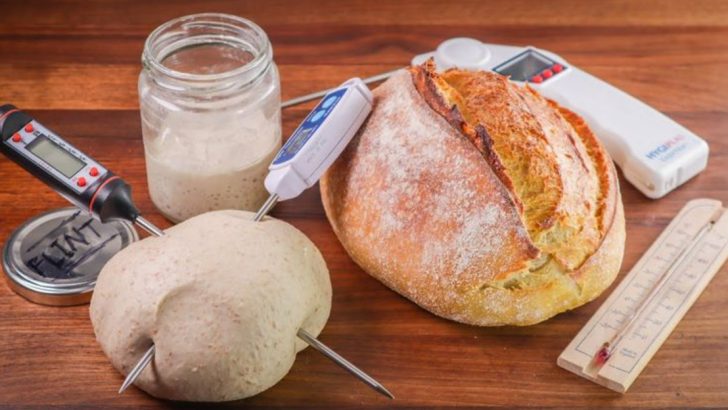Sourdough is part science, part magic—and full of little lessons. One day your loaf is golden and airy, the next it’s flat and dense, like it gave up halfway through.
But every mistake teaches something, and knowing what not to do can save your next bake.
Whether you’re just starting or have a few flops under your belt, these common pitfalls might be what’s holding back your perfect crust.
1. Feeding Your Starter Too Infrequently
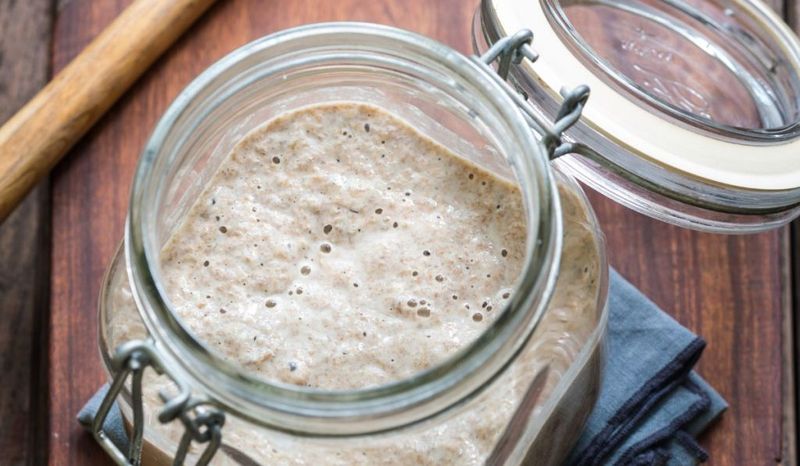
A sluggish starter can’t do its job if it’s starved or forgotten in the fridge for too long. Wild yeast needs regular meals to stay strong and bubbly, especially if you bake often.
Feed it daily at room temp or weekly if chilled, and discard when it smells off.
2. Ignoring Room Temperature Conditions
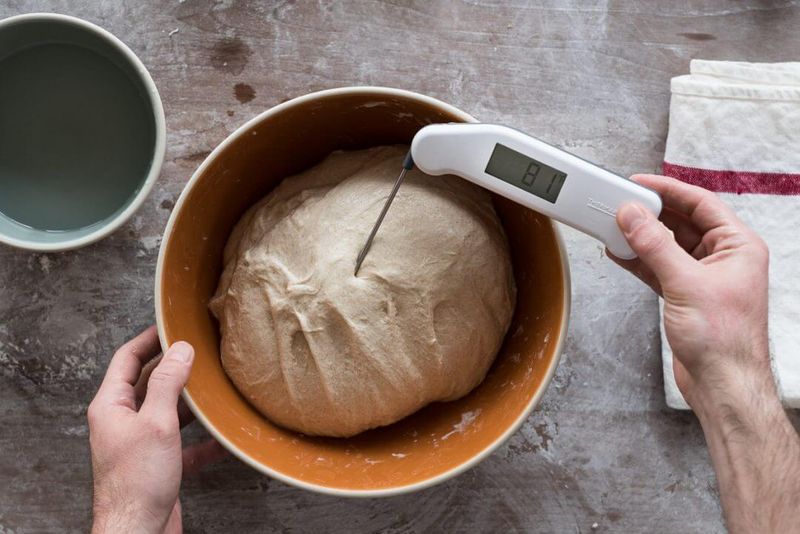
The room might feel fine to you, but for sourdough, temperature is everything.
A cold kitchen slows fermentation, while a warm one speeds it up and can lead to overproofing. Use your senses and a thermometer to keep things in the sweet spot—around 72–78°F is the happy place.
3. Using Chlorinated Tap Water
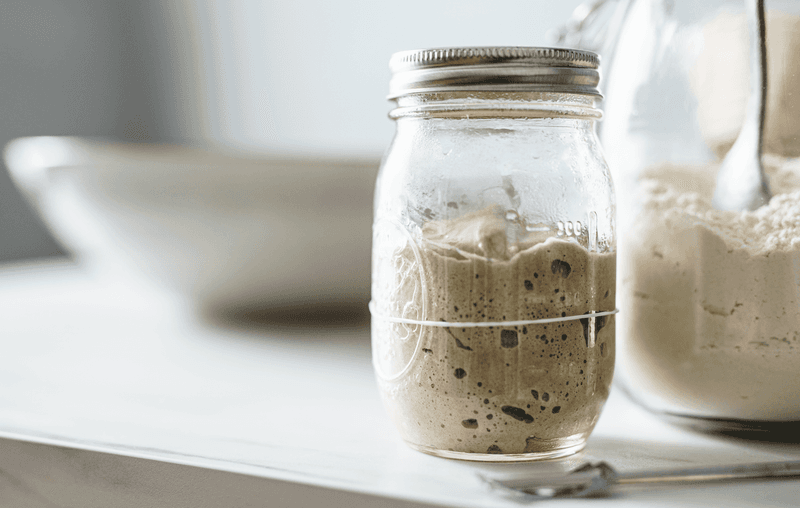
Straight-from-the-faucet tap water can sabotage your starter because chlorine kills the very microbes you’re trying to grow.
If your starter keeps stalling or smells funky, the water could be the culprit. Use filtered, dechlorinated, or let water sit out overnight before using.
4. Not Waiting For The Starter To Peak

A bubbly top doesn’t always mean it’s ready—what matters is peak activity. If the starter hasn’t doubled or passed the float test, it won’t raise dough the way you want.
Wait until it’s at its fullest rise, light and fluffy, with that tangy, slightly fruity aroma.
5. Rushing Bulk Fermentation
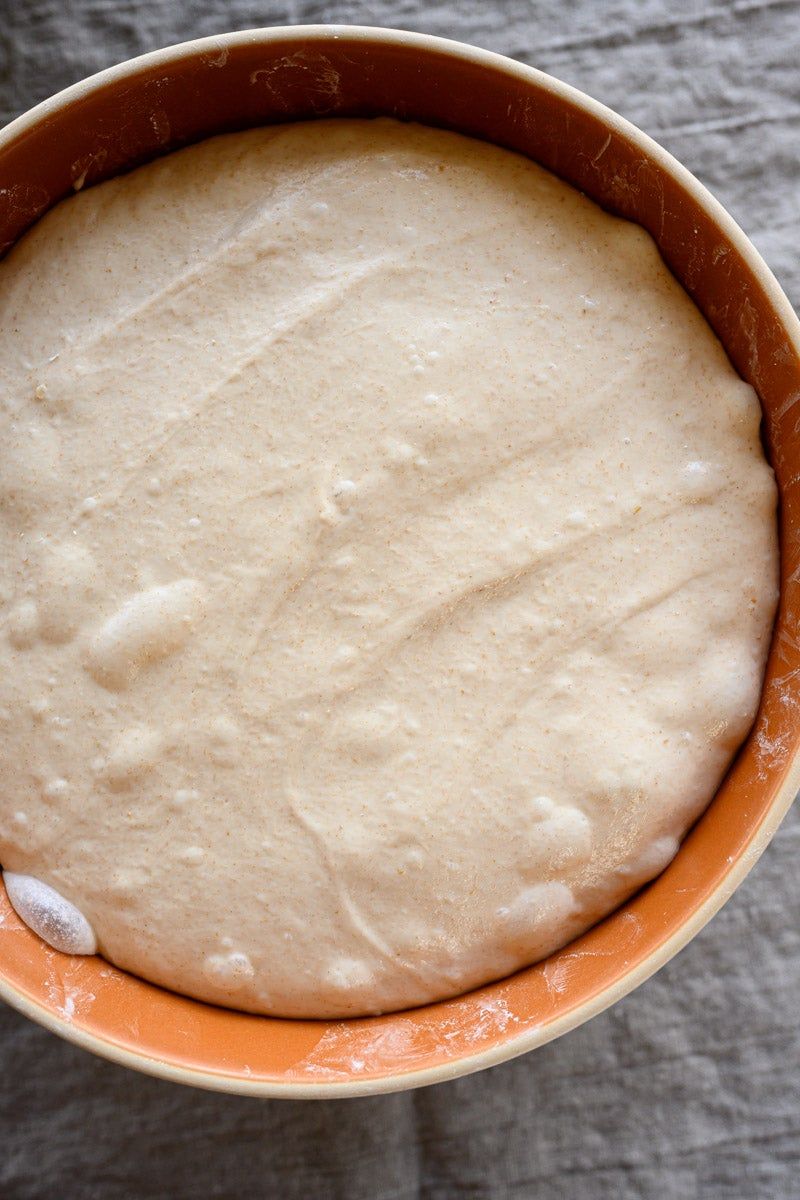
Patience during bulk fermentation builds structure and flavor—rush it, and the dough ends up weak and tight.
It should feel puffy and jiggly, not flat or sticky. Letting it ferment until you see small bubbles forming and the dough has roughly doubled makes all the difference.
6. Skipping The Stretch And Fold
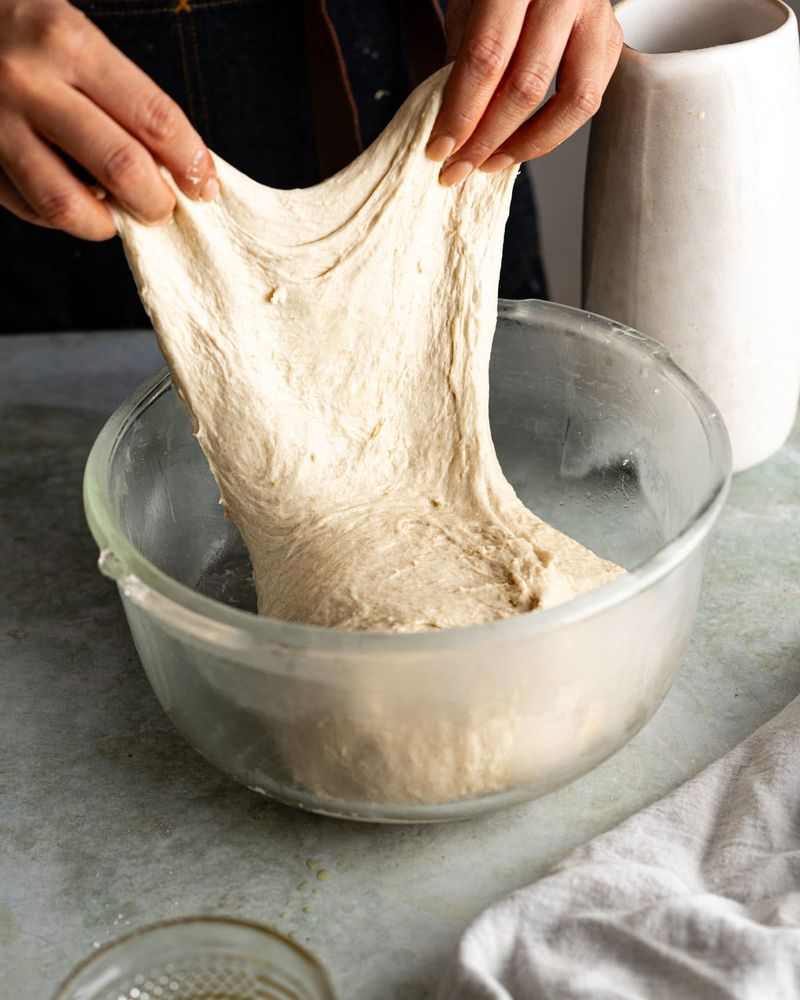
Gently pulling and folding the dough helps it strengthen without overworking, building the gluten net that gives it shape.
Skipping this step can leave the final loaf loose, uneven, or saggy. Even just two or three rounds during bulk fermentation bring out a better crumb and rise.
7. Under- Or Overproofing the Dough
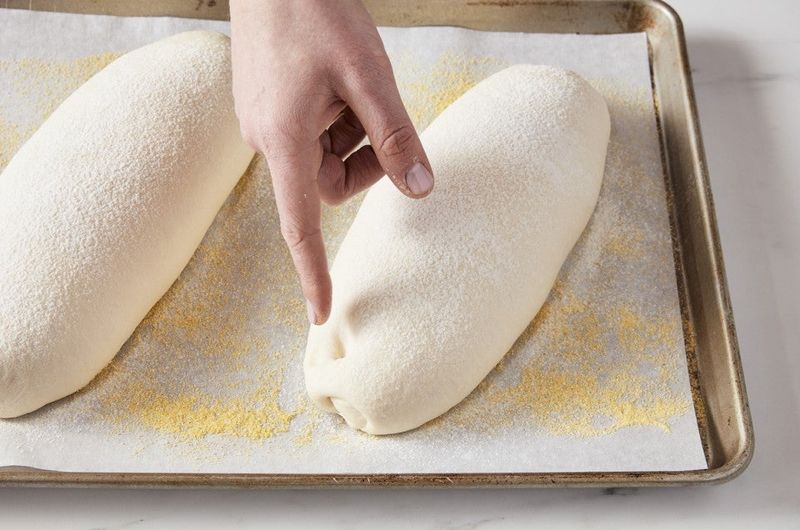
Too short, and the crumb is tight and the flavor underdeveloped. Too long, and the dough collapses like a balloon left out too long.
The trick is to look for signs: it should spring back slowly when poked—not instantly or not at all.
8. Not Scoring The Dough Properly
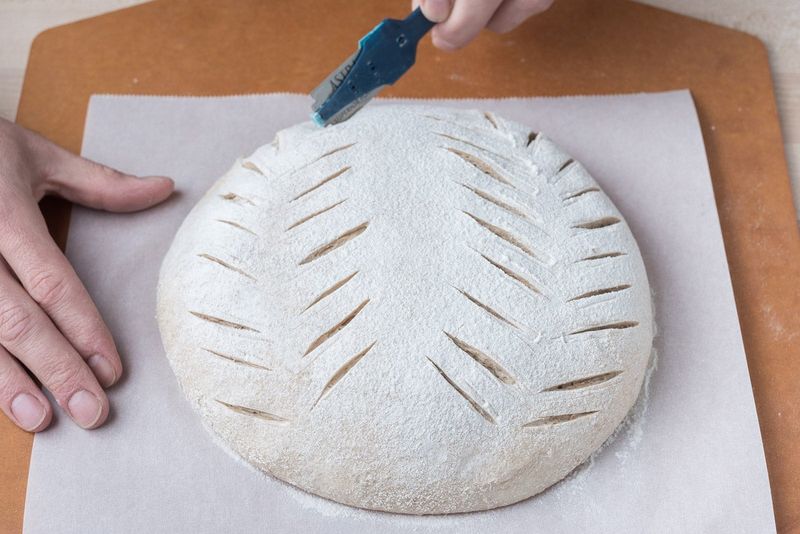
Those dramatic splits on sourdough aren’t just for looks—they guide the loaf as it expands. Shallow cuts barely open, while skipping scoring altogether traps the steam and leads to blowouts.
A confident slash, about ¼ inch deep with a sharp blade, gives you that bakery-style finish.
9. Baking With Cold Dough
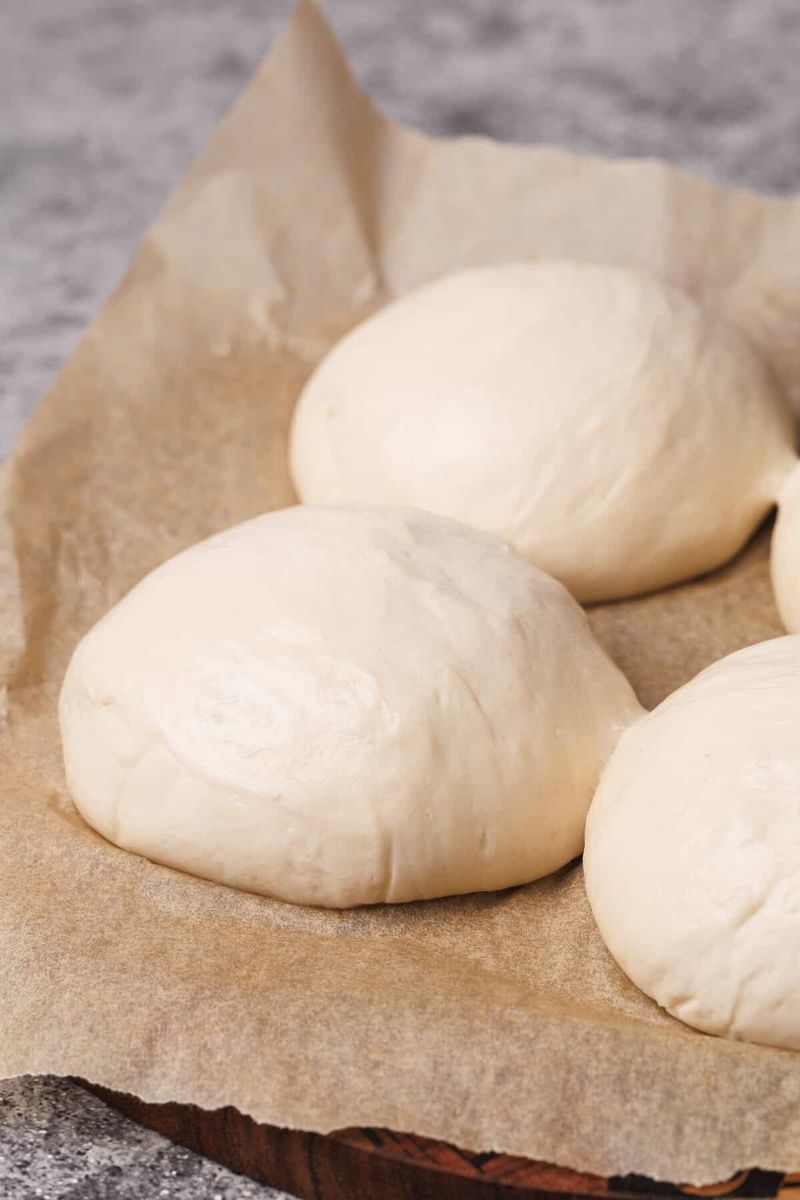
Straight-from-the-fridge dough can still rise, but the crust may stay pale and the oven spring weak.
Letting it warm slightly for 30–60 minutes helps relax the surface and gives better bloom. Cold dough is good for control, but not if your oven isn’t ready to compensate.
10. Forgetting To Preheat The Dutch Oven

Steam is crucial in the early minutes of baking, and a blazing-hot Dutch oven locks that moisture in.
Skipping the preheat means your crust sets too early, and the loaf can’t rise properly. Always heat your pot with the oven—yes, it’s heavy, but it’s worth it.
11. Using Too Much Flour When Shaping
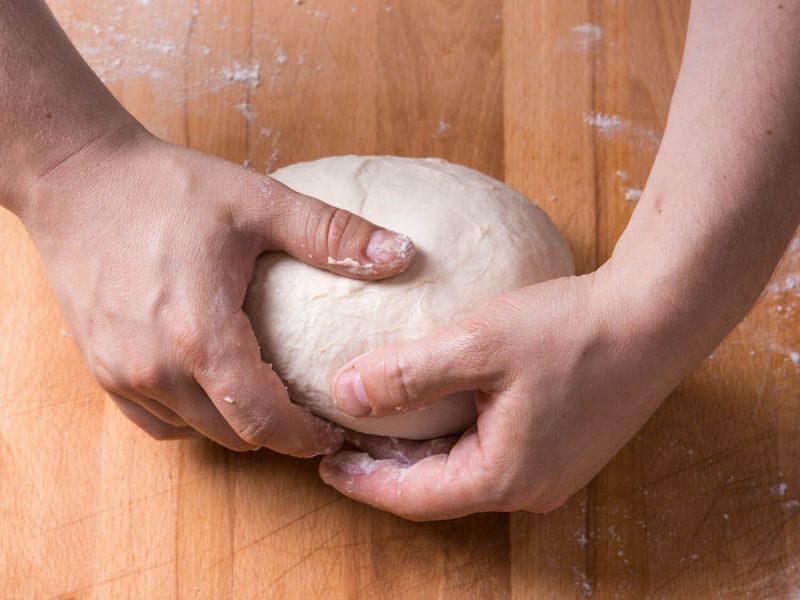
It’s tempting to coat everything to avoid stickiness, but too much flour makes the dough harder to shape and seal.
It also creates dry patches on the crust and weakens the surface tension needed for oven spring. Lightly flour your hands, not the dough itself.
12. Baking At The Wrong Temperature
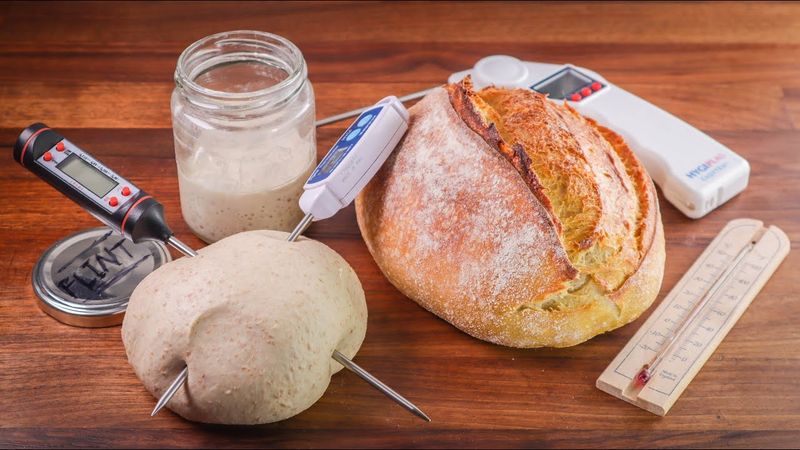
Crusty sourdough needs heat—lots of it. If your oven is too cool, the loaf bakes pale and dense; too hot, and it burns before the center sets.
Stick with 475°F for the first half in a covered pot, then lower slightly to finish uncovered.
13. Cutting The Bread Too Soon
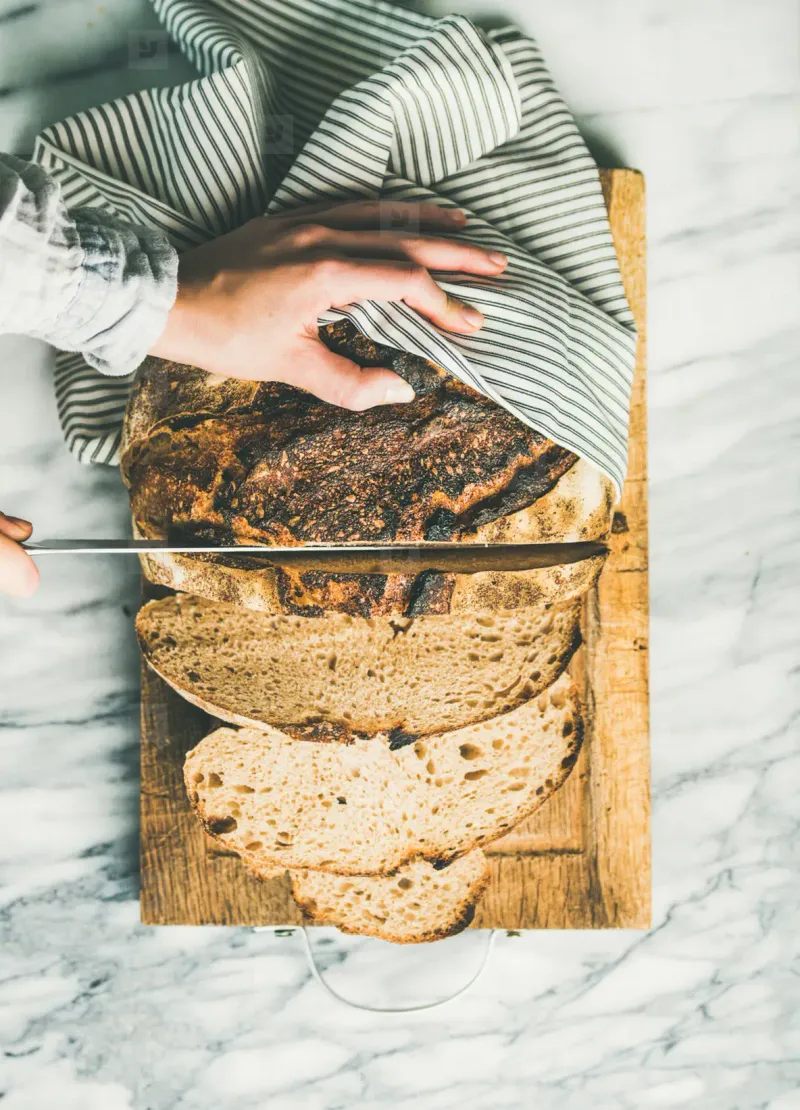
That warm, fresh-baked smell is almost impossible to resist—but slicing too early ruins the crumb.
Steam trapped inside finishes the bake as it cools, and cutting too soon releases it all. Give it at least an hour to rest; two if you want a cleaner slice.
14. Not Keeping A Baking Journal
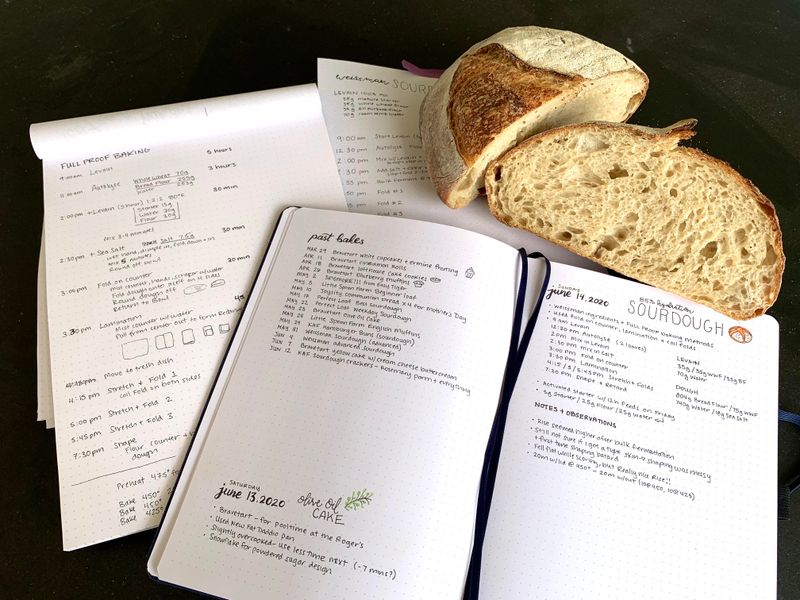
Each bake holds clues—how long it fermented, what flour you used, how warm your kitchen was. Skipping notes means starting from scratch every time instead of building on past wins.
Even quick scribbles help you troubleshoot and find your perfect method faster.
15. Giving Up After One Bad Loaf
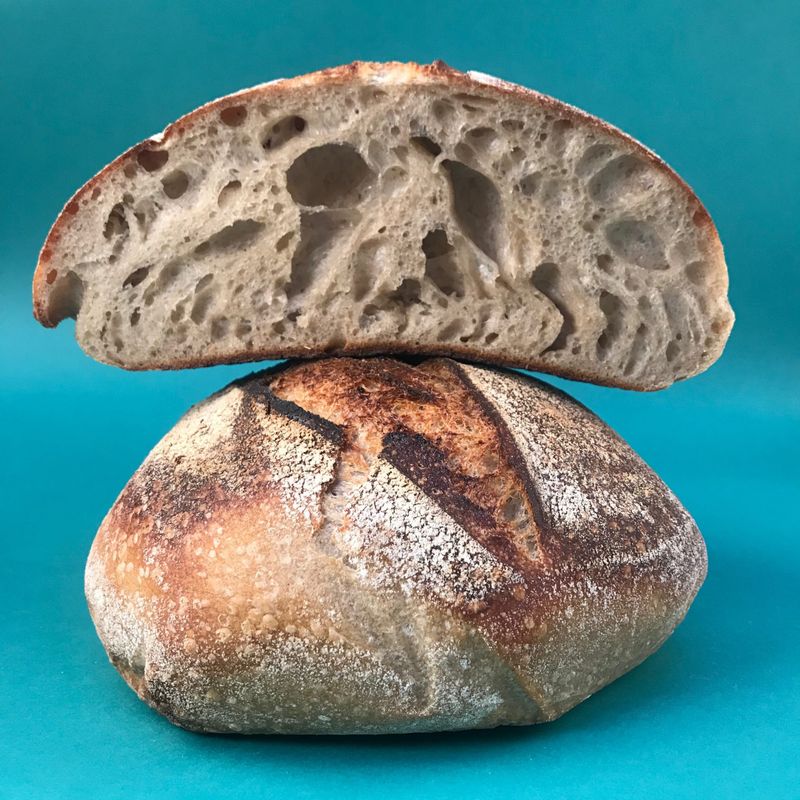
Even seasoned bakers have “pancake” loaves that flop, spread, or turn into craggy bricks. The learning curve is real, but so is the reward once it clicks.
Every failed bake is one step closer to that chewy crust, soft center, and deep flavor that makes sourdough magic.

